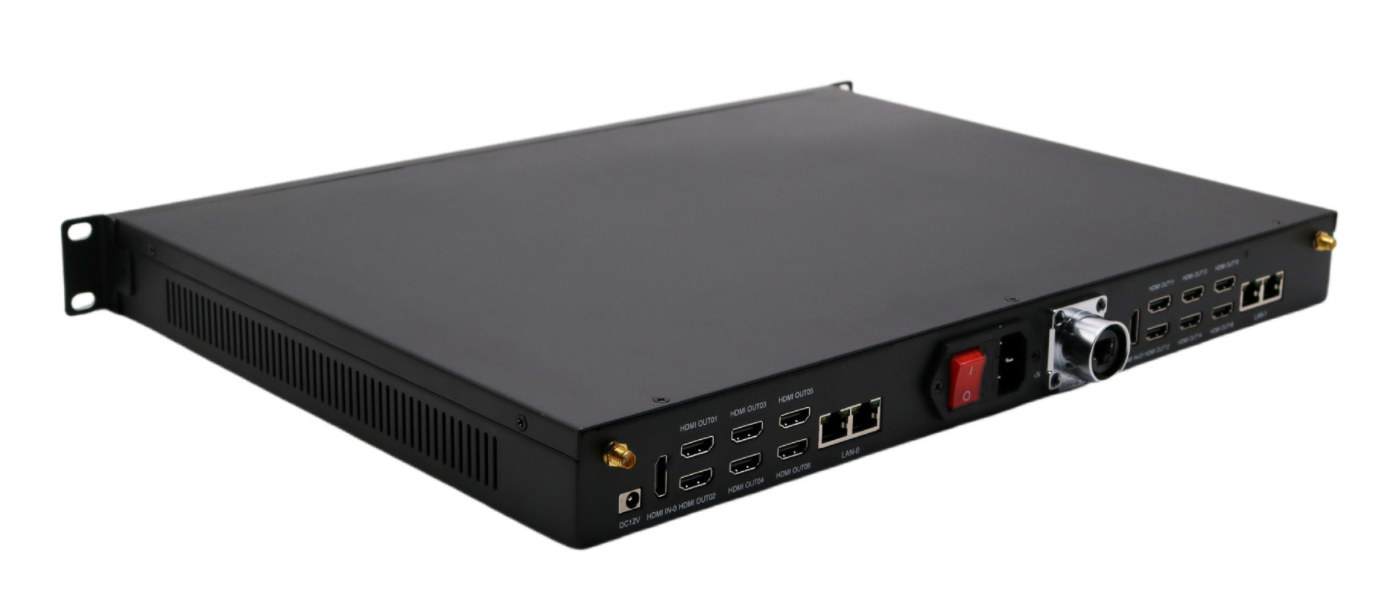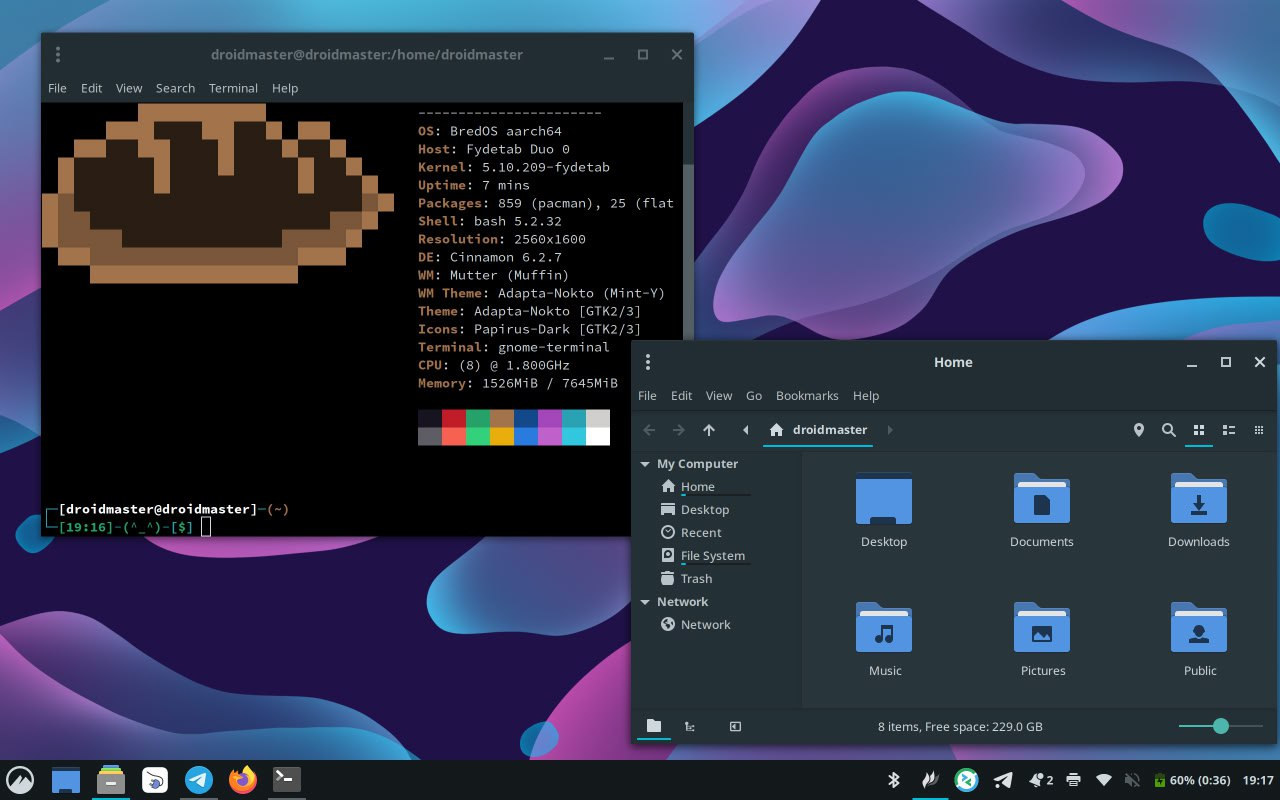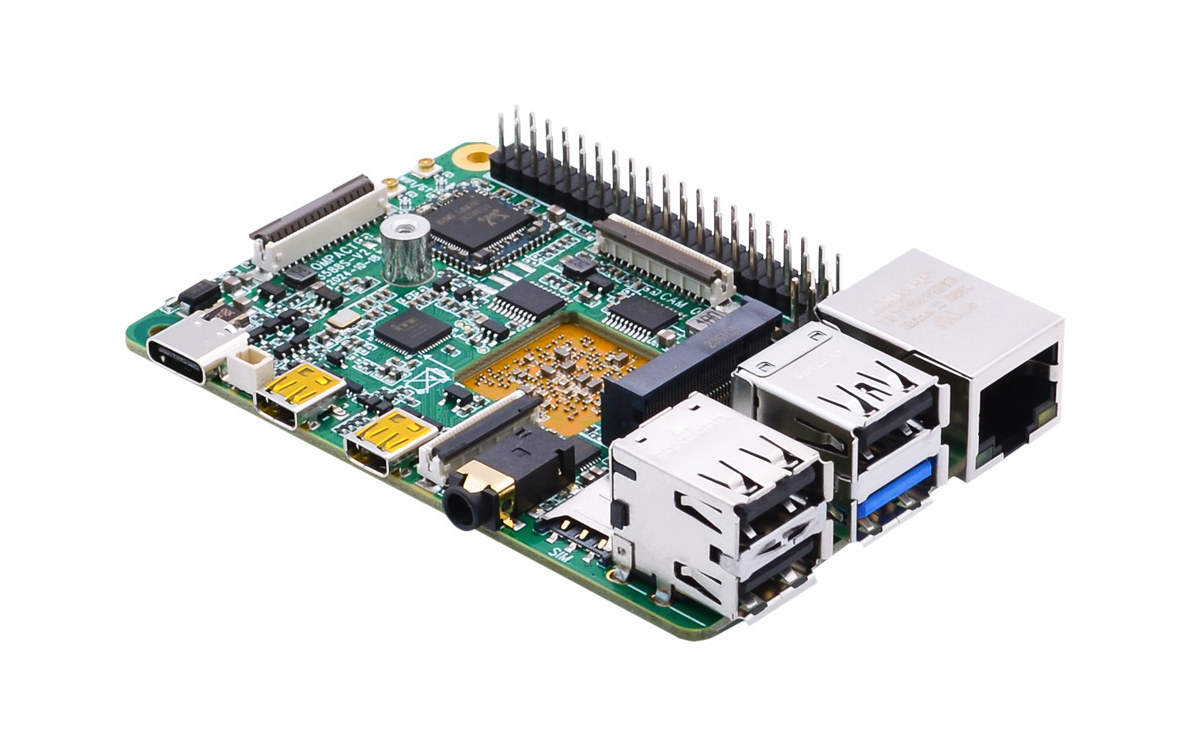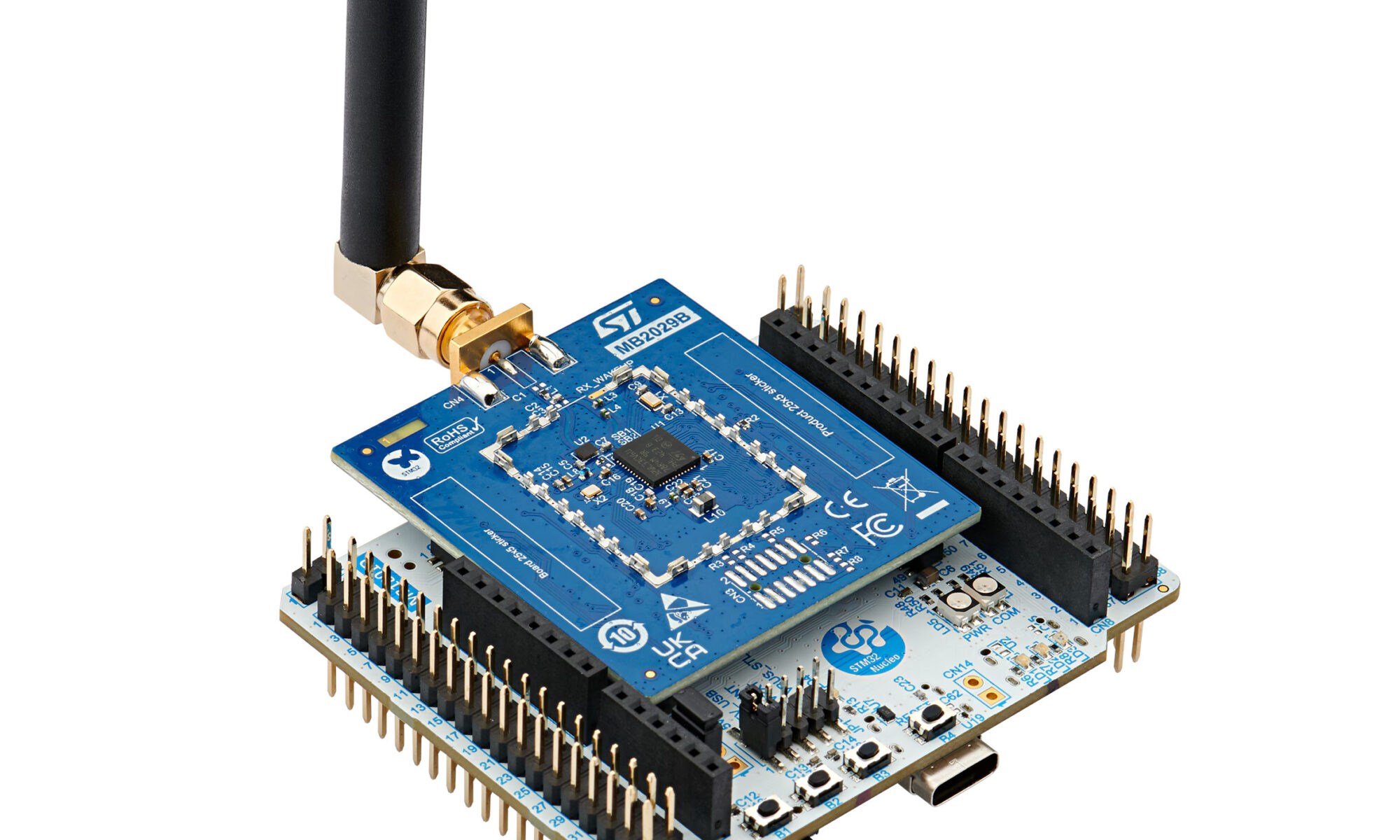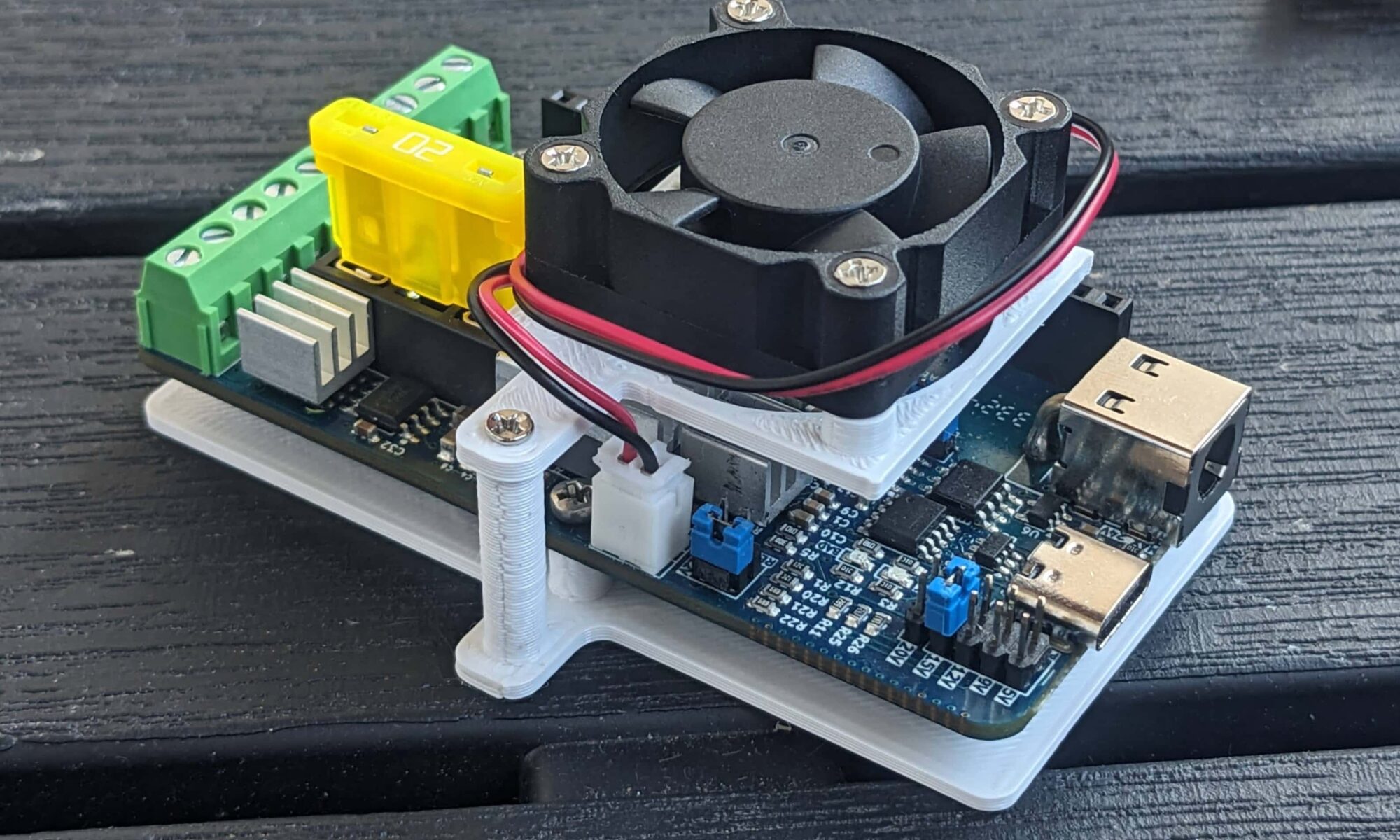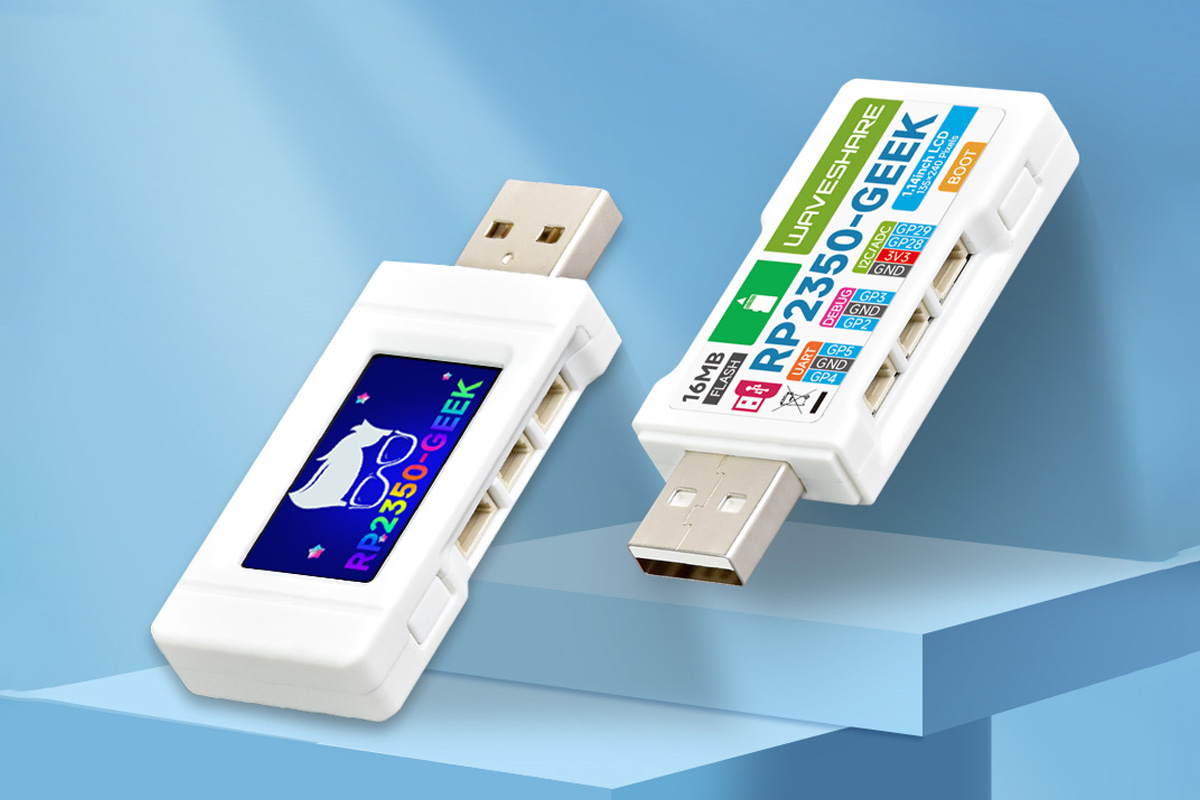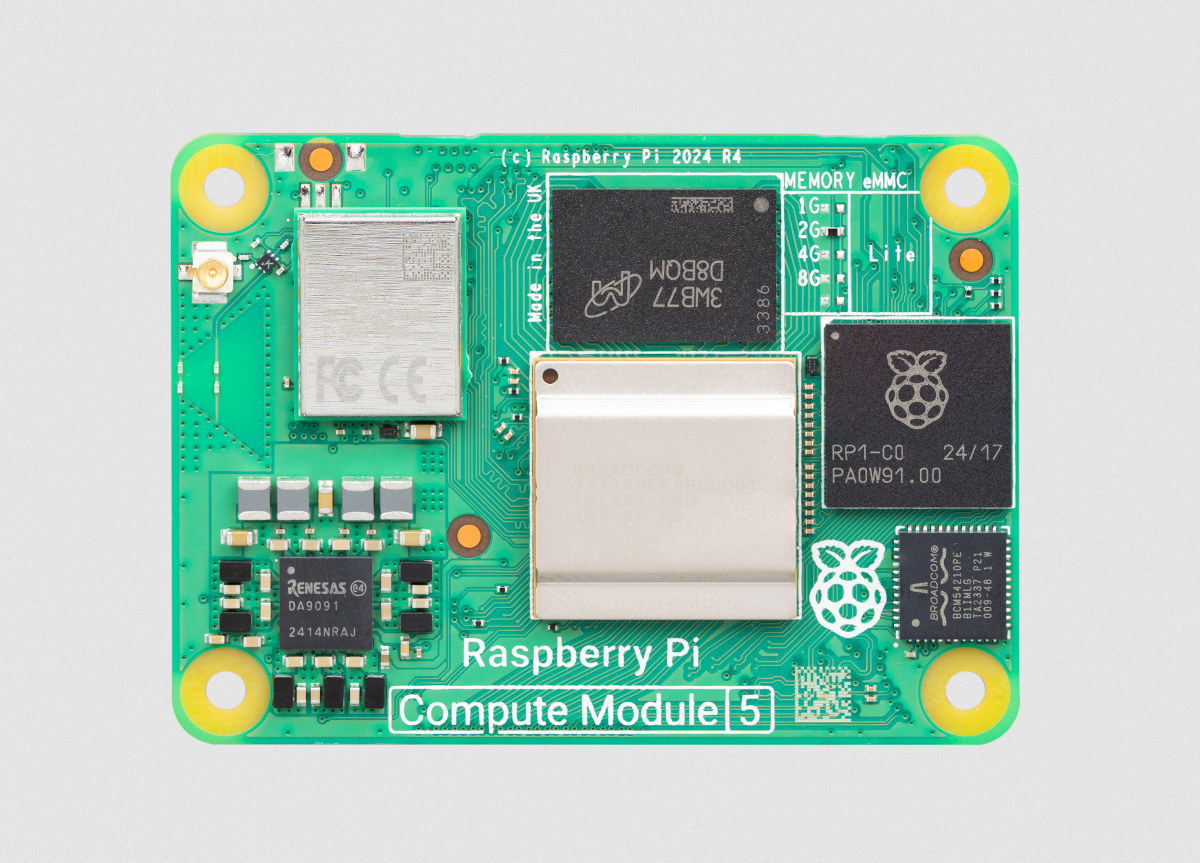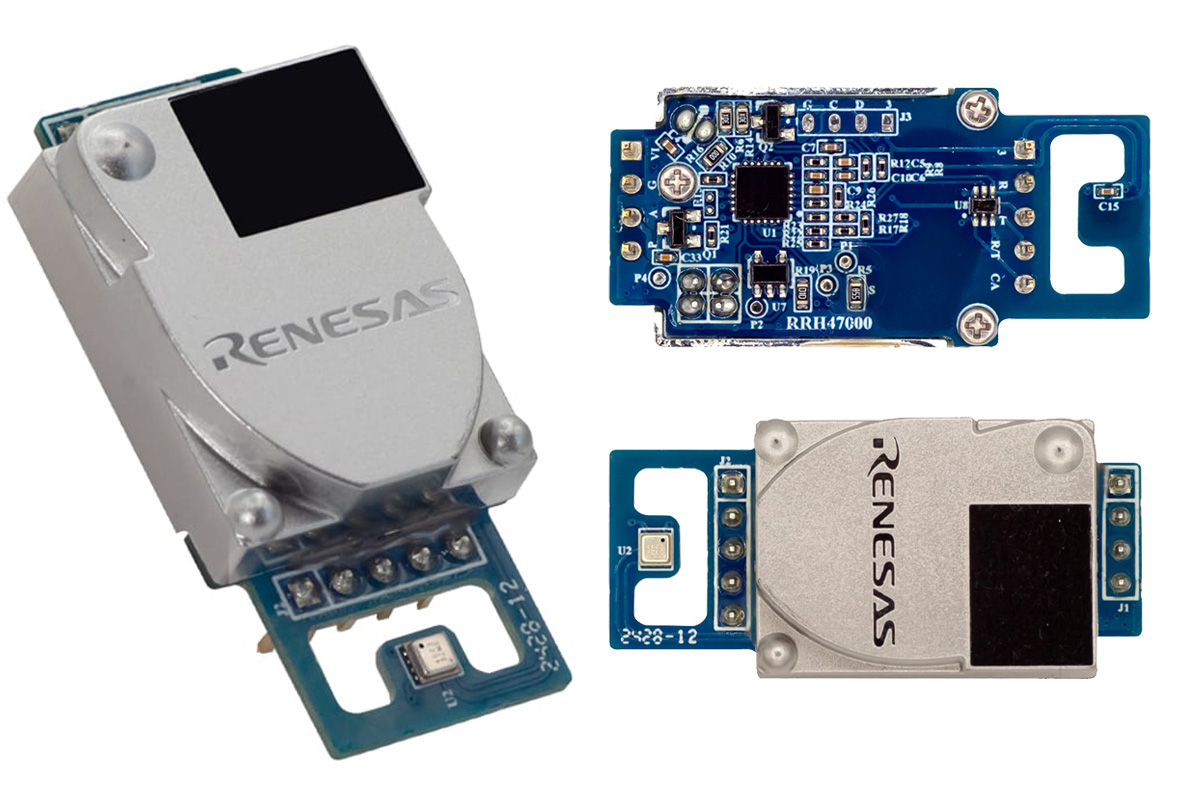Mekotronics R58-HD-1U digital signage player supports 12 HDMI outputs, video walls using three Rockchip RK3588 SoCs
Mekotronics R58-HD-1U is a digital signage player with 12 independent HDMI outputs implemented through three Rockchip RK3588 SoCs, housed in a 1U standard chassis, and mostly designed for video walls and other applications where multiple displays are close to each other. Each Rockchip RK3588 processor is coupled with up to 16GB RAM and 128GB eMMC flash, and the system also offers two HDMI inputs, five Ethernet ports, WiFi 6 and Bluetooth, and seven USB ports for expansion. Mekotronics R58-HD-1U specifications: SoCs – 3x Rockchip RK3588 each with CPU – Octa-core processor with 4x Cortex-A76 cores @ up to 2.4 GHz, 4x Cortex-A55 cores @ up to 1.8 GHz GPU – Arm Mali-G610 GPU with OpenGL ES 3.2, OpenCL 2.2, and Vulkan 1.2 support VPU 8Kp60 video decoder for H.265/VP9 codecs 8Kp30 video decoder for H.264 codec 4Kp60 video decoder for AV1 codec Multi-channel decoder in parallel AI accelerator – 6 […]


